Educators are gravitating towards Instagram as their primary social media platform. One reason is that you can set Instagram to post to Facebook, Twitter, and Tumblr, making it very poweful. I’ll admit that I’ve been a reluctant Instagram user myself, but in writing this blog entry, I spent a weekend exploring and want to share a few insights and tips that I discovered with you. You may find they assist your efforts to share successful stories. And that can only be a win for your library, school, or district on Instagram.
Quick Instagram Statistics
The following stats come from Hootsuite’s AdsEspresso. Here are my top five picks from their exhaustive list:
- As of June 2018, there are almost one billion active users and 500 million daily active users.
- The like button (a heart) gets tapped 4.2 billion times a day.
- Two out of three Instagram users fall into the ages of 18-29.
- Instagram images get an average of twenty-three percent more engagement than those on Facebook. And posts with videos get 38% more engagement than those with images.
- The best time to post on Instagram for educators is on Thursdays at 4:00 or 5:00 p.m. for most engagement.
The statistics go into many other relevant areas. Did you know that images with texture, white space, and a single dominant hue get more engagement? I had no idea. Or that images with blue as the dominant color get 24% more likes than those with red? Hashtags (the longer, the better) also increase engagement, up to 12.6%. The Hootsuite article is full of more insights. Be sure to give it a close reading.
What Makes Instagram Powerful?
“People post ninety-five million images onto Instagram daily. That’s thirty-five billion a year” says Kantar. Instagram’s reach continues to grow. I’m attracted because in a single post, I can share to four social media outlets. Instagram’s instant publishing to itself, Facebook, Twitter, and Tumblr makes connecting easy. Apply artificial intelligence (AI) analytic tools to Instagram, and trends and patterns emerge. You may want to read Kantar’s article for a tale of two brands.
If a picture is worth a thousand words, 35 billion images equals digital stories of epic proportions. What’s more, Instagram features ads, newsfeed posts, and stories. Together, they have the potential to offer amazing learning opportunities.
Tip #1: Create Instagram Stories from Templates
Not crafting stories yet? You need to be. Seventy-percent of users watch Instagram stories daily. While you can make stories in Instagram yourself, why not rely on available templates? To get access to those, you may want to get one or both apps. To give you an idea of what’s possible, check out this video workshop from Later.com.
Note: You may want to read this tip-rich post on Instagram story creation.
Two apps that may inspire your Instagram stories include Over and Posters. Over is the app featured in the video above. What makes these two apps stand out is their use of templates for Instagram stories. Aside from the obvious benefits of using templates, consider these points:
- Templates spark fresh ideas for your own stories.
- These blueprints assist you in deciding where text, images, and logos will go. This frees you from design to focusing on content.
- Add your own brand colors, videos, images, and animations to create a uniform look.
- Use a consistent template for your stories to increase audience awareness.
- Create a storyboard to organize your stories.
Find more tips in this blog entry. One last tool you may want to check is Buffer’s Pablo. Combine Pablo with Buffer.com to facilitate posting to Instagram. More on that in tip #3.
Tip #2: Sharing and Re-sharing
“Instagram does not claim ownership of any content you post,” says Mark Dalton. “It is common practice…to re-share content on Instagram.” He points out that you should cite the source. Developing original content is tough work, but it’s important to do so. Don’t limit yourself to your own original content. Make sure to highlight the work of others with credit given. You may also want to ask for permission from the original poster. This is even more true outside of K-12 education posters, who may not be as understanding.
For example, I love Tony Vincent and Shake Up Learning’s posts on Instagram. Informative and colorful define their efforts. Reposting their work is almost always an effort to celebrate their work. The benefit for them? I can help them reach a broader audience.
As my awareness of Instagram has grown, I have reposted or “regranned” myself. The original posters have thanked me for highlighting their work. Several tools are available to do that.
Did You Know?
If you try to open a Google Play Store app link with your G Suite EDU account, you will get an error. Make sure you click on links while logged in with a personal/consumer Google account. Or tap the links for Android on that type of device.
After a bit of research and hands-on exploration, here are my top two favorites:
- Repost for Instagram – Regrann (Android)
- Repost via Instant (Android / iOS)
Both work well, allowing you to grab images and/or video. What I love about Regrann is the tutorial. It walks you through several features and then gives you the opportunity to try it out. It makes reposting content easy and quick. That’s key in a multi-step process that can be confusing for some.
Tip #3: Schedule Your Posts
Want to know what my favorite feature, common to Tweetdeck, Hootsuite, and Buffer, is? The ability to schedule tweets in advance. In fact, that makes twitter chats and tweet meets possible. Albeit mistaken, my reluctance to embrace Instagram came from the inability to schedule. I was glad to discover you can schedule Instagram posts in advance.
What’s more, research shows that the more you post to Instagram, the greater the engagement. Posting also increases follower growth engagement. When you are trying to connect with your academic community, that’s important, right? You can double your follower growth rate by posting once or more per day. That’s four times faster than posting less than once a week (source).
Some tools you can use to schedule your posts include:
- PromoRepublic: Features a web dashboard.
- Tailwind (Android / iOS): Sends SMS reminders to notify you when it’s time to post to Instagram. It suggests the best times to post for most engagement. While there is a free trial, it will cost money for a monthly/annual contract.
- ViralTag: “Schedule posts, pins at optimal times and keep your audience engaged through out the day. Viraltag supports all major social networks including Instagram, Pinterest, Facebook, Twitter, Tumblr & Linkedin.”
There are many other tools. Two other options include Hootsuite (see pricing) and Buffer ($15 a month). The latter integrates with a web-based editing tool, Pablo. Another combo set of tools is Layer and Over.

Tip #4: Organize Image Carousels
Looking for another exciting way to engage? DriftCreate recommends you use Instagram Carousels. These do not require any special software, but involve adding many pictures to a single post, but not in collage view. Readers end up having to swipe to see the images.
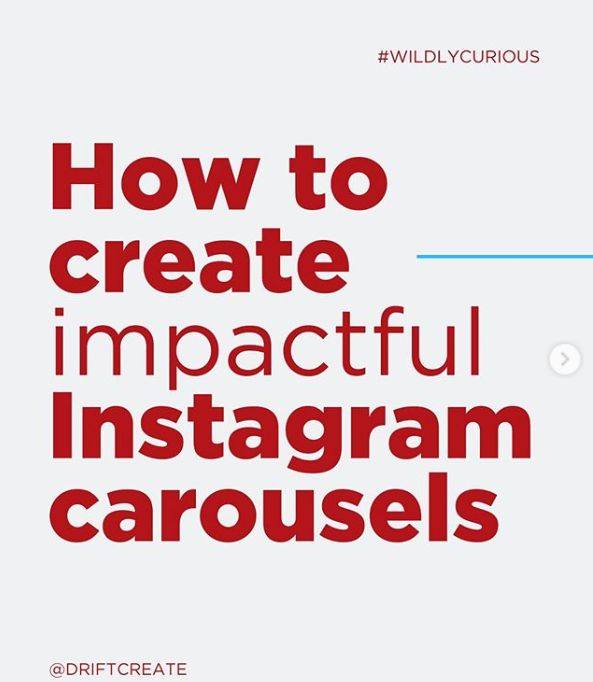
The applications for education are legion. You can create image carousels that tell a story, learning tips, a lesson overview. Drift Creative has these recommendations in image carousel format. Here are their main points as a bullet list:
- Use them often. Engagement will go up if users expect to swipe.
- To encourage swiping, include an arrow or text. Or use overlapping graphics to give users a sneak peek of the next slide. Or do both!
- Provide value. You’re asking for more from your followers–more swipes and more reading. So make sure it’s worth it to them.
- To create contrast between slides. use a flexible template for your type and add visual contrast between slides to help users want to keep swiping.
- Include a LIKE THIS POST reminder and a hashtag.
- Visit link in bio for more creating effective carousels.
In addition, you may want to review these Instagram carousel image dimensions. One of the aspects I had trouble with on my Instagram posts was the idea of the “link in the bio.” The expectation was, I thought, that you would change the link in the bio. This seemed a tedious approach to sharing content. There is an alternate approach to dealing with links.
Tip #5: Make Links Easy to Find
Why does Instagram make linking in post descriptions difficult? The reason why is that links in post descriptions don’t work. They are not clickable (or tappable). One workaround I found both Texas Tribune and Claudio Zavala (TCEA member) employ is to use Linktr.ee.
“Let your content live longer than the feed,” says the Linktr.ee website. Here’s a short description from them:
Linktree is a free tool for optimising your internet presence. You get one link to house all the content you’re driving followers to. Share that link anywhere, like your Instagram bio, Facebook posts or Twitch profile.
Linktr.ee offers free service which works quite well. Pro users ($6 a month) get many more features well worth the upgrade for a school district or organization. I have two Linktr.ee accounts, one for personal, another for my professional account.
See Claudio Zavala, Jr’s Linktr.ee account below:
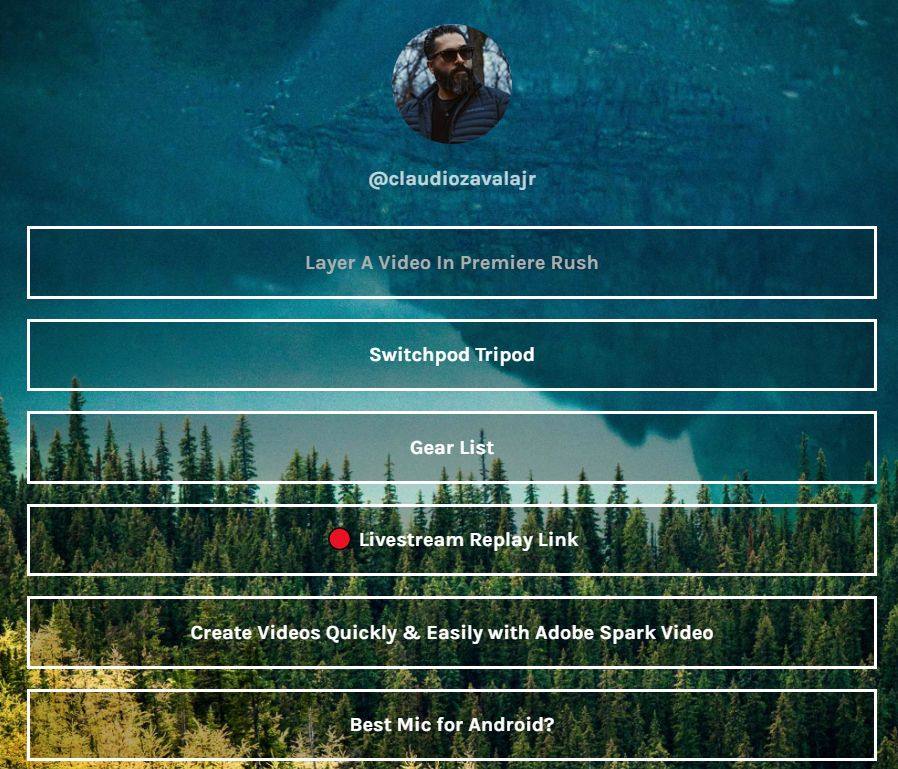
Using Linktr.ee makes sharing content links for your Instagram posts much easier.
Tip #6: Insights from TCEA’s Sara Qualls
 When I began writing this blog entry, I asked TCEA.org’s resident Digital Marketing Specialist, Sara Qualls, for tips. Here are a few she shared with me:
When I began writing this blog entry, I asked TCEA.org’s resident Digital Marketing Specialist, Sara Qualls, for tips. Here are a few she shared with me:
- Don’t forget the hashtag even in stories. It’s essential!
- With hashtags, you can link your FB/Instagram stories as well. This makes it easier to redirect users to both asking them to follow both in your story.
- Don’t forget those hashtags (put them in the comments).
- The key is good content and consistency. Once you hit 10,000, you have capability of links in stories and then you’re golden.
Storify Your Success
“Use stories and make it personal,” was Sara’s last piece of advice. When I applied the tips mentioned in this blog entry, I immediately saw engagement rise. As a school administrator celebrating school success, Instagram makes the work easier. I wish I had listened to the librarian who started sharing student book talks via Instagram. Don’t wait. Start now.
This blog updated with new content on 01/08/2020.

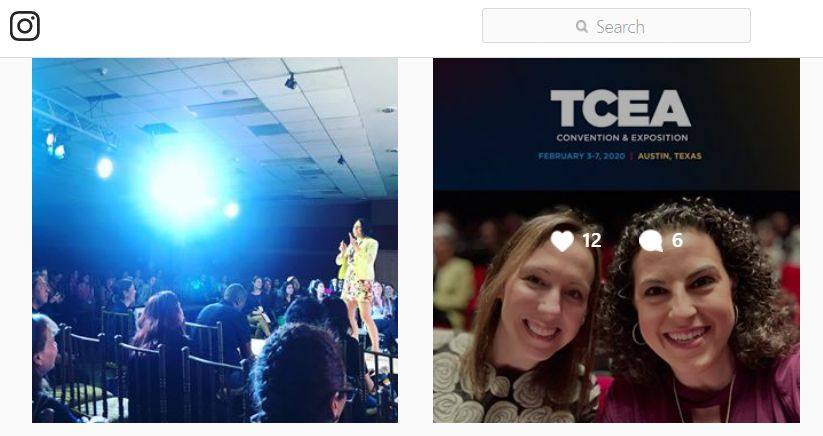


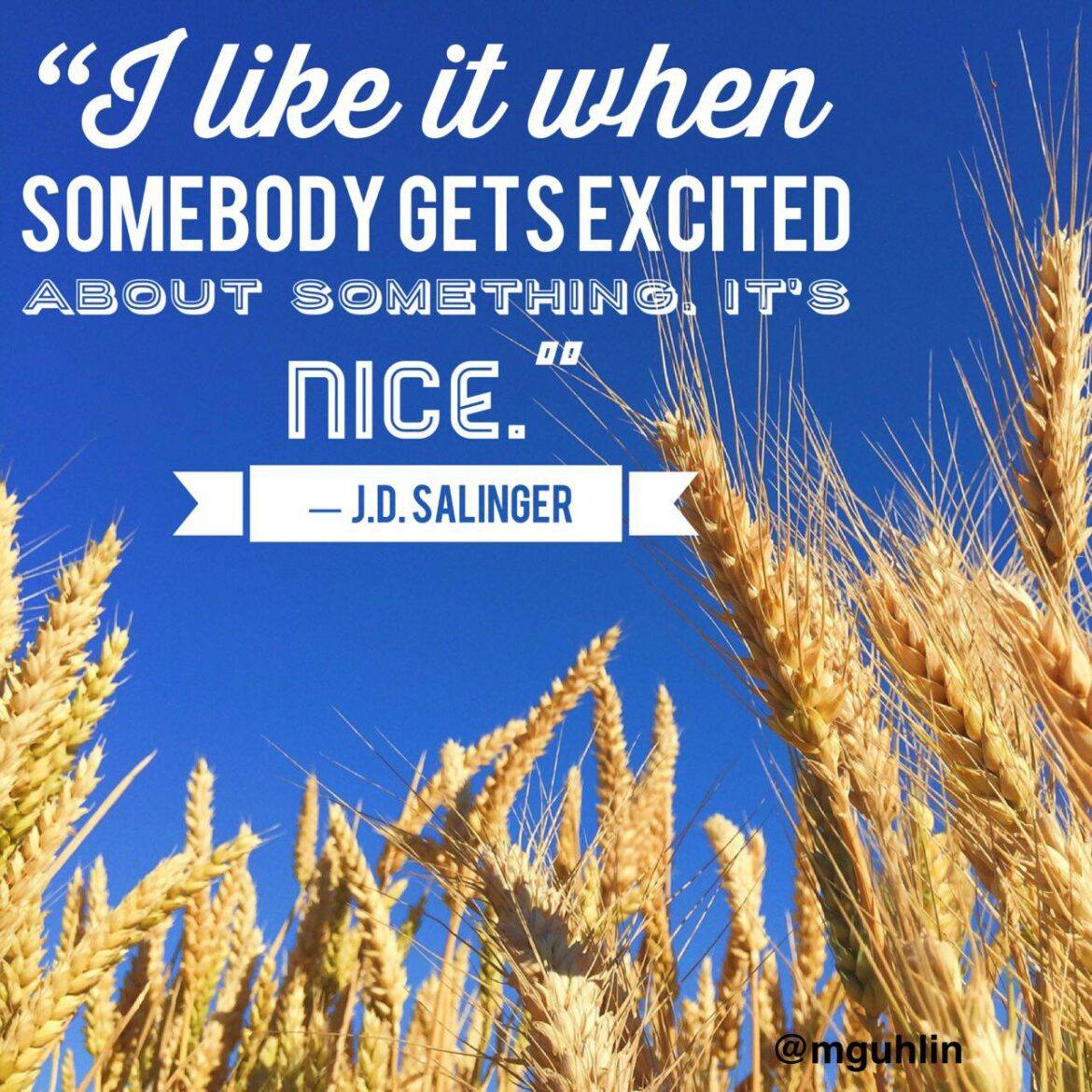
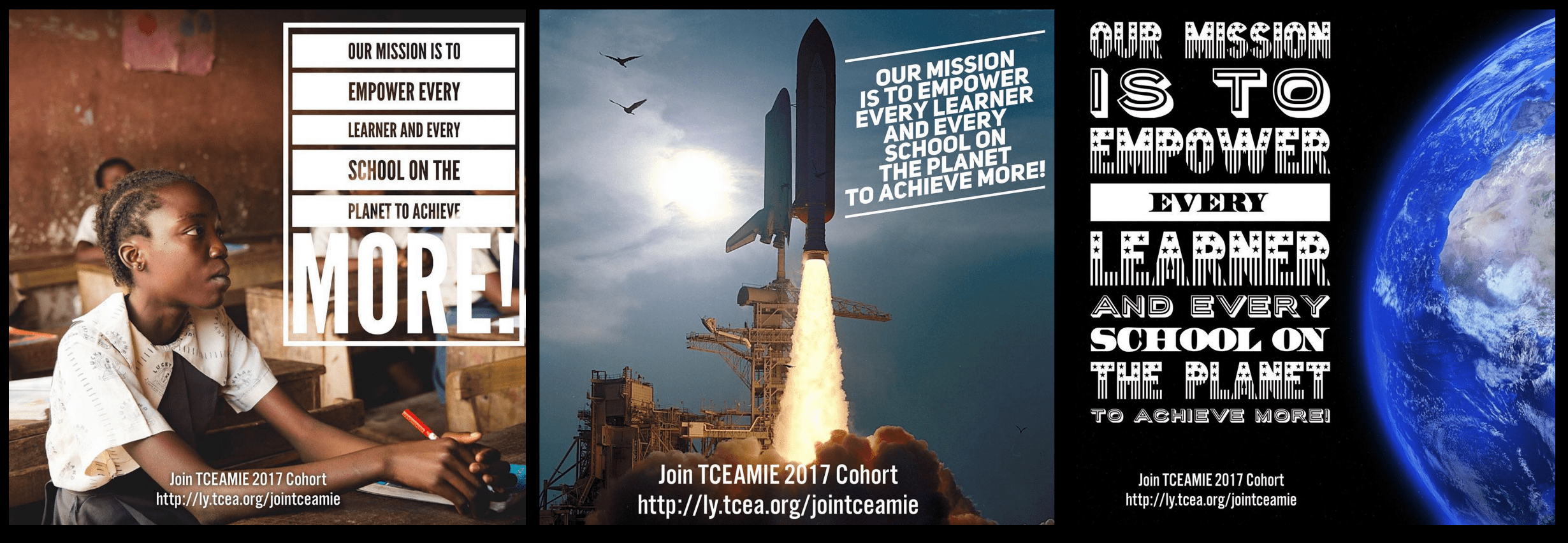

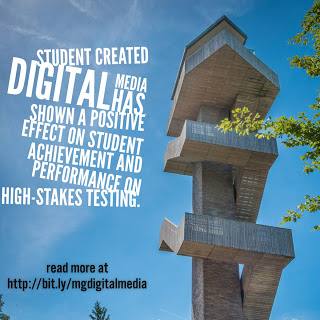 a work of art. This work can be displayed via social media or made into a “mini-poster” for bulletin board placement. And you can also help students “summarize the main idea and supporting details in text in ways that maintain meaning.” Whether for professional development (e.g. book study, article jigsaw) with adults or ask ing students to work in small teams with a buddy to analyze text, this type of activity is powerful for engaged learning.
a work of art. This work can be displayed via social media or made into a “mini-poster” for bulletin board placement. And you can also help students “summarize the main idea and supporting details in text in ways that maintain meaning.” Whether for professional development (e.g. book study, article jigsaw) with adults or ask ing students to work in small teams with a buddy to analyze text, this type of activity is powerful for engaged learning.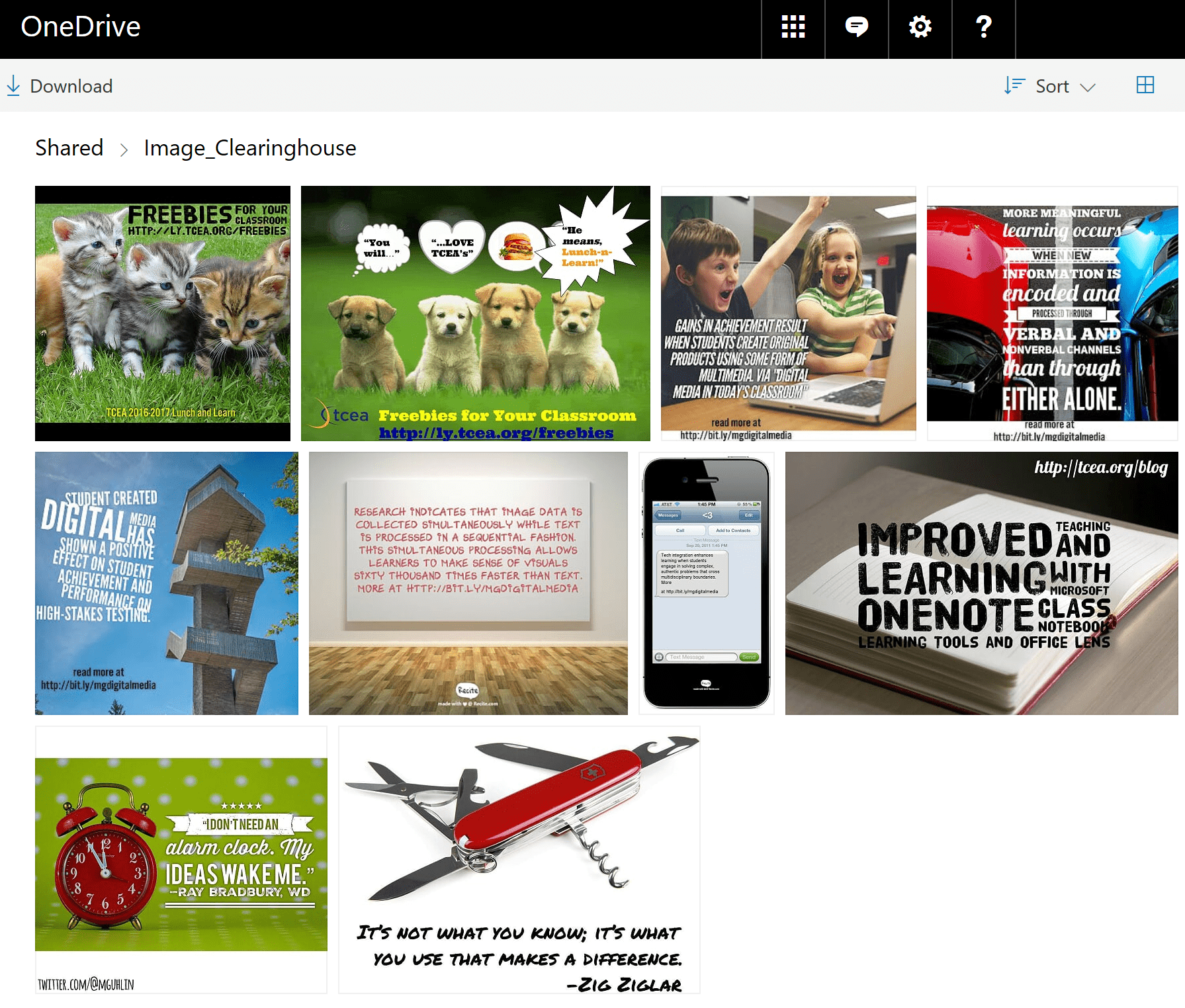
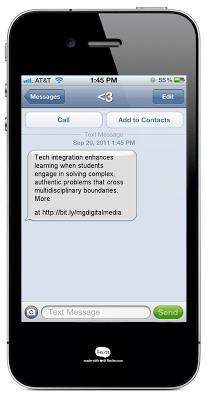 Here are the steps you can take to create your Typorama quote project. Remember, these techniques can be used whether you have the app or not. If you and your students are on a computer, try one of the aforementioned, browser-based, free quote generators.
Here are the steps you can take to create your Typorama quote project. Remember, these techniques can be used whether you have the app or not. If you and your students are on a computer, try one of the aforementioned, browser-based, free quote generators.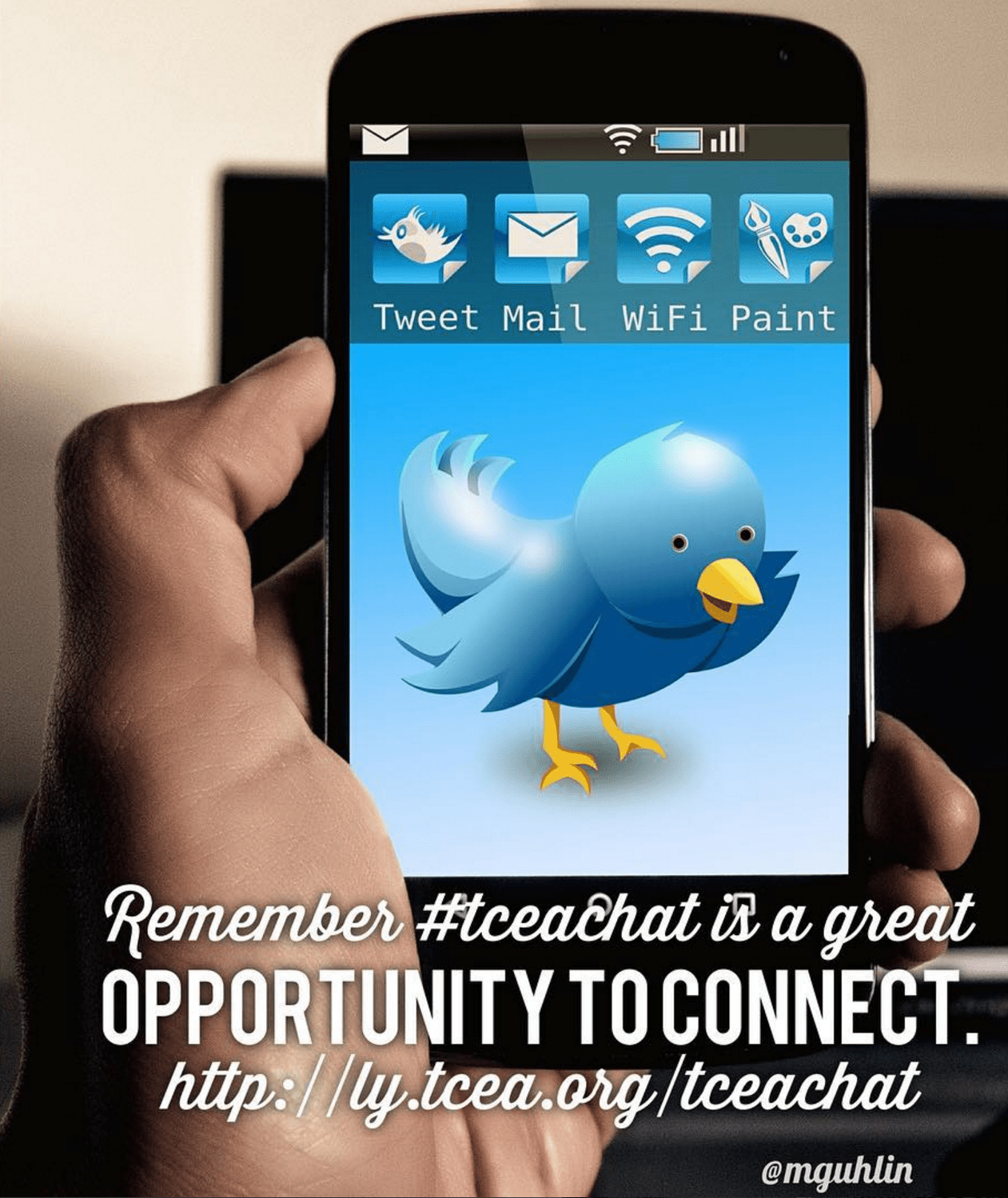
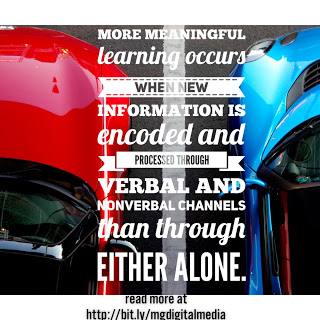 List of Copyright-Friendly Image Resources
List of Copyright-Friendly Image Resources